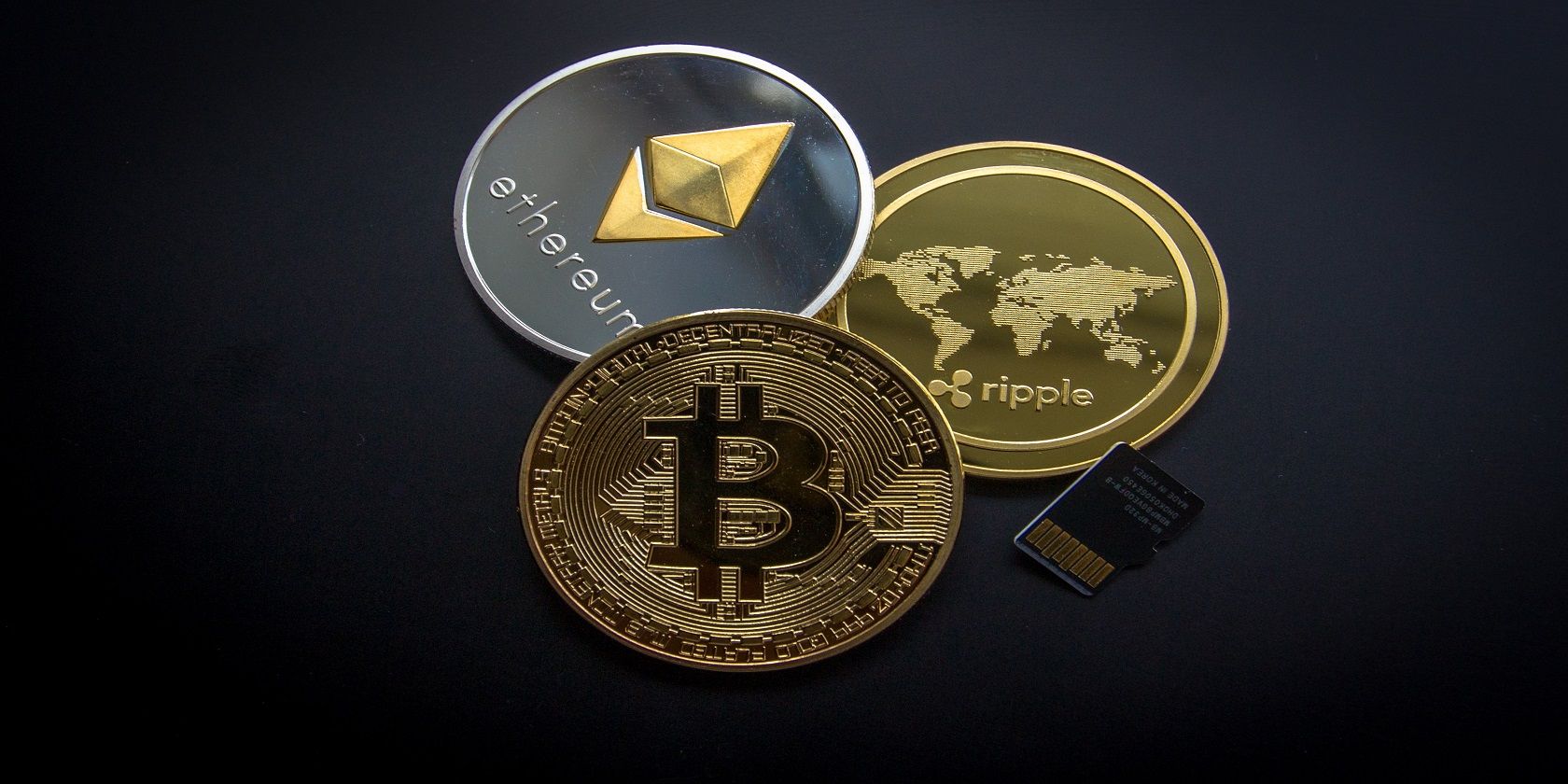There are so many cryptocurrencies on the market, but only a handful manage to make their way to the top. Those that do build demand thanks to their internal governance systems, how they're mined, and the level of freedom and decentralization they give owners.
One currency that stands out among many is Polkadot. But Polkadot has more behind it than a cute name and steady upwards trend. So, what is the Polkadot coin, what makes it special, and how can you join the revolution?
What Is Polkadot Coin?
Polkadot, also known as a DOT coin, is a sharded blockchain protocol. Sharding is a partitioning technique used in blockchain databases to increase scalability and the rate of transactions per send. In the case of Polkadot, it uses sharding to allow multiple blockchains to communicate and work together by splitting the workload to avoid bottlenecks.
Similar to other cryptocurrencies, Polkadot is decentralized and completely transparent in how it works. And since everyone participating in the Polkadot network has a say in how the chain is managed, it is advantageous when carrying sensitive data.
A single blockchain network has a limited number of transactions it can process. On its own, it can't accommodate the massive amount of transactions needed in real-world financial applications. That's where Polkadot comes in, allowing multiple blockchains to work together as one.
How Does Polkadot Work?
Polkadot provides fast transaction speeds and efficiency thanks to its model of connecting individual blockchains into a single Relay Chain network. This web of single-unit chains gives Polkadot a near-infinite supply of computational power.
You can think of the separate blocks in a Polkadot Relay Chain as cogs in a machine instead of smaller individual units. They work as a larger and more complex computational unit rather than individual smaller units.
Not to mention, all this communication doesn't sacrifice the blockchain's security. Every Polkadot chain is closed and isolated to prevent any unauthorized access or data manipulation.
Polkadot Crypto and Blockchains Beyond Finance
The majority of the news about cryptocurrencies comes from the financial market. It's always about how much a single DOT coin or Bitcoin is worth and whether its trend suggests a good investment.
Crypto blockchain networks not only transfer value between owners like money, but they can also run complex computation tasks more efficiently than traditional computers.
Polkadot was first created in 2016 by Gavin Woods, the former Co-Founder and CTO of Ethereum. But its official launch was in May of 2020 as a proof-of-authority (PoA) protocol. Despite its relatively young age, Polkadot's unique architecture and upwards ascend has led experts to dub it the name "Ethereum Killer."
When it comes to computation, Ethereum is incredibly expensive for developers to use. That's because it runs on GAS, where you have to pay for every computation task performed on the Ethereum blockchain.
Polkadot, however, is more specialized. It allows developers to build multiple channels, each for a specific task or purpose of the application. Polkadot is tidier. It serves as a protocol for protocol and a blockchain for blockchains.
The same applies when comparing Polkadot to Bitcoin. While Polkadot can perform an average of 1,000 transactions per second—predicted to reach 1,000,000 transactions per second in a fully operational system—Bitcoin can only process an average of 4.6 transactions per second.
Verification and Control
It's safe to say that Polkadot is more energy-efficient than its mainstream counterparts. Polkadot is not independent like individual blockchains in other cryptos. It's the network protocol that connects blockchains to one another.
Bitcoin utilizes Proof-of-Work to validate protocols. It requires miners to solve complex mathematical problems to verify every single transaction. This process requires time and computation energy and can be exhausting to your device's hardware.
Polkadot, alternatively, uses a Proof-of-Stake protocol validation system. Validators are approved according to the quantity of DOT coins they hold. This verification system further decentralizes the control of the Polkadot blockchain and consumers less energy, making DOT coin a more environmentally-friendly cryptocurrency.
Where to Buy Polkadot Coin?
Despite the various uses of blockchain, cryptocurrency in general, and DOT crypto in particular, are still a part of the finance market.
Binance
Founded in 2017, Binance has the largest trading volume of cryptocurrency in the world. With over 50 cryptocurrencies, a low trading fee, and the ability to start with $10, Binance is the perfect app to dip your toes into the world of crypto.
The platform is available as a smartphone app and a desktop app, so you trade from anywhere.
Kraken
Kraken is a US-based cryptocurrency exchange and bank. It carries dozens of cryptocurrencies that you can directly purchase through its app. In addition, they provide guidance for beginner crypto traders and can help you take your crypto trading to the next level.
With Kraken, you can start trading crypto with as little as $10 through their user-friendly and minimalist application.
Coinbase
Coinbase is another major player in the crypto trading market. It's a website and an app that you can connect directly to your bank account, credit card, or debit card to buy various coins.
Although it has a relatively high fee with purchases, Coinbase is easy to use and an excellent choice if you're a complete beginner.
Track Your Dot Coins
You can't simply purchase DOT coins and call it a day. You need a reliable platform that allows you to monitor the ups and downs of the crypto market, alerting you as to whether it's time to buy more coins or sell what you have.
CoinGecko
CoinGecko is the world's largest independent crypto data aggregator. They carry over 6,000 different crypto coins that they track around the clock across more than 400 exchanges globally.
You can use both their website and app to stay on top of the latest changes to your crypto assets. The platform has been going strong since 2014 and regularly delivers cryptocurrency reports that can help guide both beginner and seasoned crypto buyers.
CoinMarketCap
CoinMarketCap is an app and website that lets you track your crypto assets around the clock. It's been around since 2013, and it tracks the prices of various cryptocurrencies and provides feedback to help you with long-term and short-term crypto investment goals.
Polkadot Isn't Going Away Anytime Soon
Whether you're looking at Polkadot as a currency to invest in or a brilliant blockchain and computing technology, it's safe to say that the DOT coin isn't going away anytime soon. Polkadot is already contributing to the future of Decentralized Finance (DeFi) thanks to its 100 percent decentralized networking system.
In fact, Polkadot is expected to go beyond finance and pioneer the start of entirely decentralized internet and applications.




